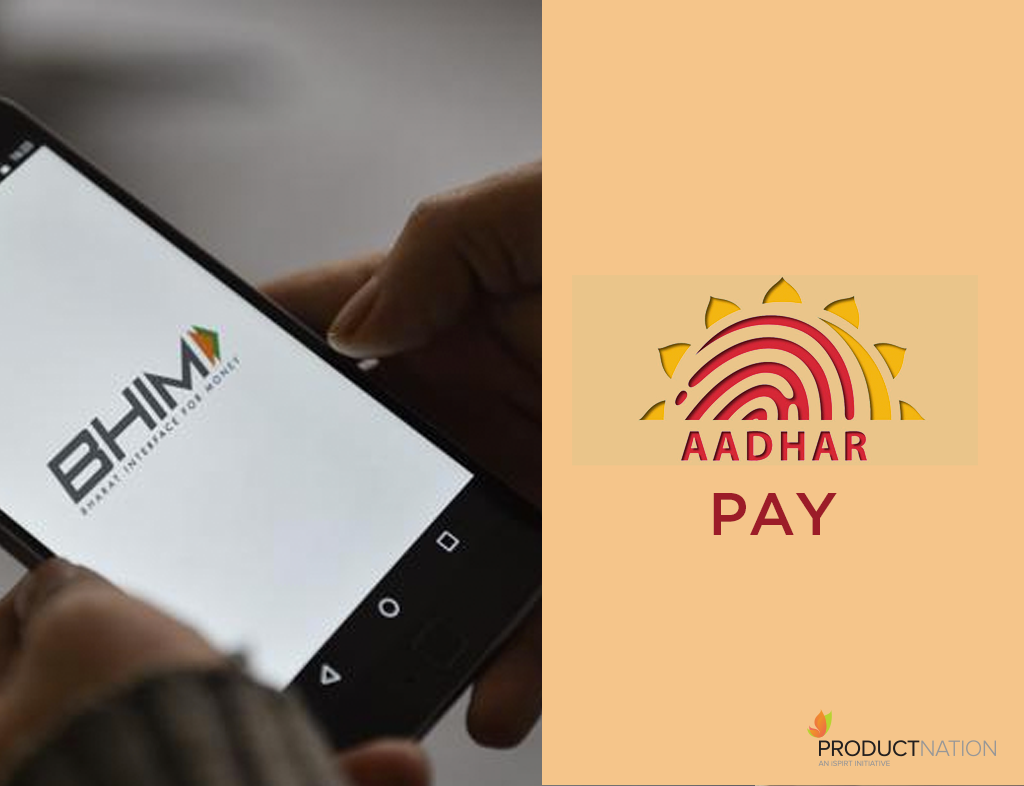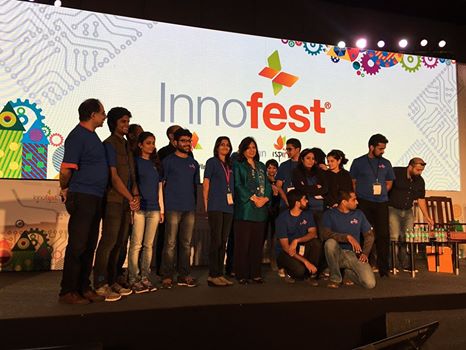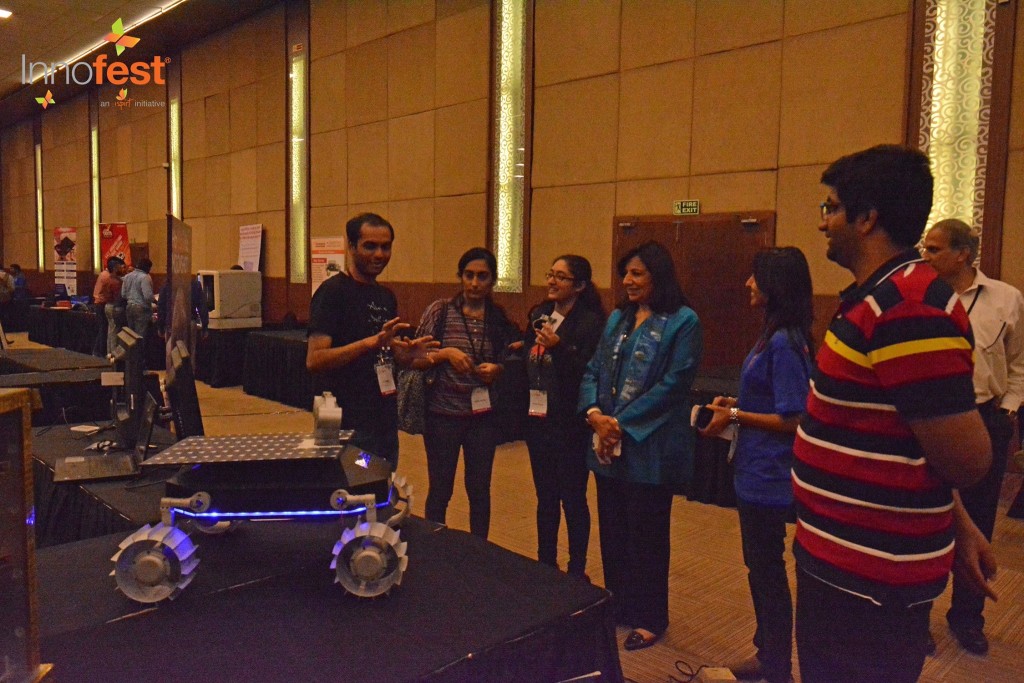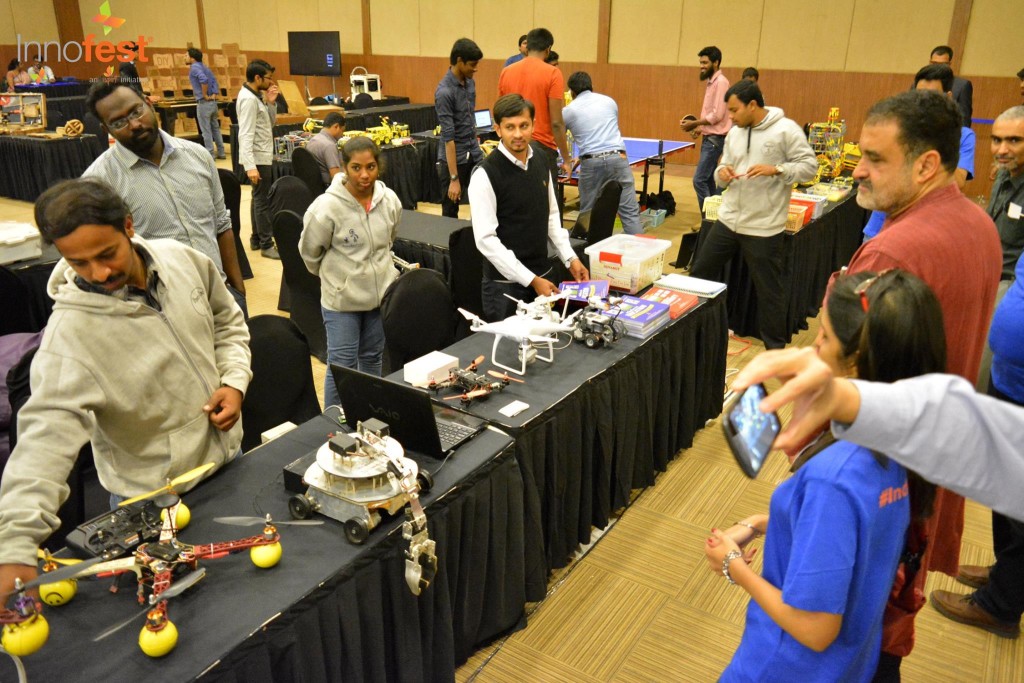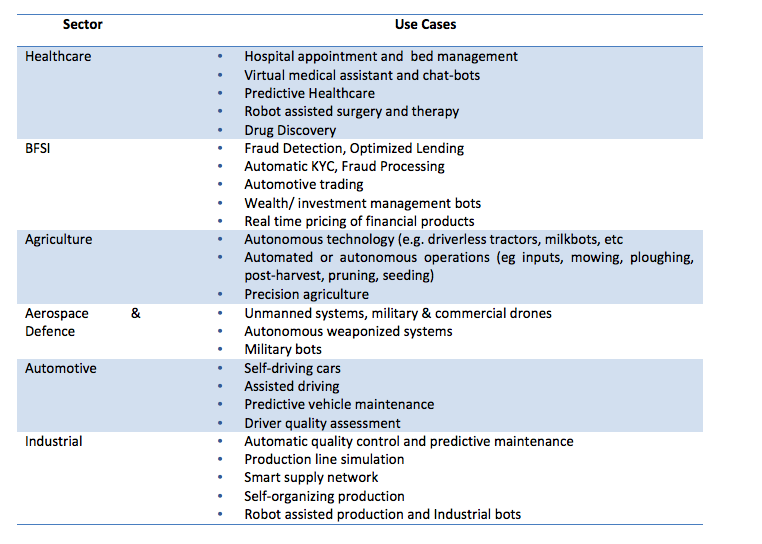- It is going to be an extremely hard job. No amount of preparation or education is going to prepare you for what it demands.
- You will feel like quitting at so many instances. Don’t, just persist.
- It’s a lonely job. There will be no one who you can tell everything about your work.
- Uncertainty is the hallmark of entrepreneurship. You have no guarantee that you will last a year, at times a month and sometimes even a week. Learn to embrace this uncertainty.
- You will wake up crying at times. Don’t fret about it, deal with it.
- If you are married, your spouse will play a very crucial role. They are going to be the only person who you can tell everything. They can give you the third-person view to take unbiased decisions. They are going to be your rock when you are the lowest.
- Being a CEO is all about transitioning from doing everything in the early days of the company to delegating everything as the company matures.

Key Responsibilities
- You are going to make a lot of decisions in the company. If you are overly careful in your decision making you will slow down the growth, if you are too impulsive you will end up taking the wrong decisions.
- Setting the vision and talking about it is your responsibility. You cannot crowd-source the vision from your team. You must listen to everyone but at the end you set the vision.
- You define the culture and most importantly you guard it. People will ultimately emulate what you do.
- As a founder-CEO it’s your number 1 duty to ensure that the company never runs out of money.
- CEO should always be involved in the product. You can go away from any other function but not product.
- The success of your organization depends on how well your team is equipped. No one comes knowing it all at the job, it’s your responsibility to ensure that you train everyone.
Decision Making
- You will never have the complete information that you need to make decisions. Your gut/hunch will play a big role in such situations.
- It may sound counter-intuitive but gut-thinking can be developed. Great founders take right decisions not because they have all the information but because they have vast amount of knowledge. That’s what constitutes the gut-thinking.
- You will be wrong more often than you will be right. The trick is to detect your mistakes early, learn from them and never repeat them.
- You must stand by the wrong decisions you make. People will respect you if you are willing to accept your mistakes.
- Take time to explain your decisions. People around you need to know what is the thought process behind your decisions.
- Don’t fall in the trap of over-deliberation. Most of the times speed is more important than the right decision. You will always get time for course correction later. Good is better than best.
- There will be times when you are going to take decisions that nobody will believe in. If you have 100% confidence in yourself, go forward unabashed, because no one else has the full picture other than you.
- When taking strategic decisions, step out of your day-to-day operational work. Decompress completely. Swipe the board clean. Forget everything that’s going on currently. And then think about whatever you want to think. Think, how your future will change if you take this decision and not what benefit your present will get out of it.
- There will be some decisions that can significantly alter the direction of the company. You can’t always white-board a conclusion out of them. At times, you need to mull over them, you need to let serendipity happen.
- All good decisions seem obvious in hindsight because it’s easier to explain a chain of events, rather than predict one. Don’t mistake yourself in believing that you have found a pattern.
- For decisions like letting a misfit go, shutting down a product line etc. it’s always better to do it sooner rather than later.
Culture
- You are the guardian of the culture. You define what is to be appreciated and what is not acceptable. If you don’t do it ardently you are fucking up the culture.
- It’s always easier to hire people who believe in your culture than to try and convince non-believers. If someone doesn’t fit your culture, don’t hire them no matter how good they are on skills.
- You have to speak, shout, repeat, chant, recite and roar about your culture. Culture becomes culture only when it’s spoken about all the time.
- There is no definition of what a good culture is. More than being Utopian it has to have universal resonance.
- Your culture is never set in stone. The basic tenets will be defined but the shape and form of culture will rapidly evolve as the company grows.
- A good culture must breed 2 things — respect for each other’s work and open communication.
Leadership
- Soon you will realize the impact you can create through your individual contribution is meaningless when compared to the impact you can create by leading people.
- The best way to lead is to lead by example. A good leader tells you how it’s done, a great one shows you how.
- As a leader, the biggest thing that you can give your team members is your time. A lot of them will go through a bad phase or will be clueless about what to do. At those times, they need to know you are there.
- People will look up to you. At times, even for things in which they are far more skilled than you. You don’t have to take their decisions, just provide them your confidence so that they can take their decisions.
- Good leadership is when people are not afraid of bringing bad news to you.
- Politics starts at the top, if you start taking sides, everyone else in the company will too.
- In no situation can you afford to shout at your people. Things will go wrong, you will loose your calm, you can be stern with them but not disrespectfully shout at them.
- People need inspiration. To be a leader you will have to inspire them and it’s best if you do it by story-telling.
- Talk to/address the entire team at regular intervals. The format and frequency depends on you. It could be for 30 mins every week or 3 hours every month. I do an ‘All Hands’ every month. It has been 3 years and the All Hands has always had above 80% attendance.
- Very few employees are going to critique your decisions, particularly if you are a vocal leader. It’s very easy to get blindsided because you will rarely get a critical feedback. There are two ways to mitigate it a) have a close network of advisers who can say harsh things to your face b) consciously create a culture where people are not afraid of you.
Self-Management
- The first thing you need to learn is how to manage your time. Your time is a scarce resource, you must be very protective about it. Say no to anything that doesn’t add value.
- Learn to manage emails. No matter what communication tools yor organisation uses, you cannot escape emails. This particular trick has been extremely useful for me in managing my inbox — https://blog.hubspot.com/sales/email-multiple-inboxes#sm.000a54r0d14a2ct5r3d1yoluod5vf
- Manage your calendar — every Sunday spend 30 minutes analyzing your calendar for the week.
- Learn to manage your cash-flow situation. You need to keep track of the following every month — cash outflow in the month, revenue collected in that month, money spent on salaries and money in the bank. Setup a process so that you receive this information regularly.
- Every thing that goes on in the company will come to you. Very soon it becomes over-whelming to manage this information barrage. You need to learn to deal with it.
People Management and HR
- Hire a HR early in your company. 30 employees is the right stage to hire a HR.
- The sooner you introduce an objective performance management system, the better it is. In the early days you know about what everyone is doing, but as you grow you will loose control. The right stage for introducing a formal process is when you are 40–50 employees.
- One on Ones are absolutely critical. Ensure that you do one-on-ones, at least once a month, with everyone who directly reports to you and so do the other leaders in the company. In his book ‘High Output Management’, Andy Grove talks about the right way of doing one on ones.
- Set Goals — Every employee needs goals in order to contribute effectively. Most of the time people don’t under-perform because they don’t want to work but because they need direction. A quarter is the right time frame to set goals.
- Providing Feedback — Provide both negative and positive feedback with the same demeanor. It’s very important to come prepared when giving feedback. Provide negative feedback not based on your feelings but based on facts. Don’t use the Sandwich Approach, discuss the positives and the negatives as is.
- Just providing negative feedback is not enough, it’s your duty to also provide them a direction on how they can improve. If you are feedback is not accompanied by how they can improve then you are wasting their time.
- Appreciation — Everyone needs appreciation, do it often. Appreciate people at the time they do well (don’t save it for later) and be genuine when you appreciate.
- People don’t leave because they are underpaid, they leave because they feel you haven’t been fair. You are not supposed to compete with the best paymaster out there, but you do the best you can and they need to know that you are being fair.
- Setup an on-boarding process. When the company is small it’s easier for people to understand everything happening in the organization. Once you are beyond 30 it can be daunting for a new employee. Setup an on-boarding process where they get introduced to the product and people.
- Set a rigorous reporting process: Having access to the maximum amount of information across organization is going to be your biggest asset. As the organization grows you will find extremely hard to get all the information. You need to set up a rigorous process of updates with your direct reportees. Every function head should share updates with you in-person as frequently as every 14 days.
Meetings
- Whether you like it or not, you will have to do meetings. The point is how to make sure that your meetings are productive. There are only 2 types of meetings that you should attend — a) where you have to take a decision b) where you get updates/information. The productivity of the first depends solely on you and the latter on how you have trained your team. Step out from any meeting where you are not going to take any decision and you are not getting information you already don’t have.
- In his book High Output Management, Andy Grove talks about the concept of ‘Chairman of a meeting’. This is the person who is going to lead the meeting, facilitate discussions and take decisions. You will be the chairman for a lot of meetings as a CEO. If you are not going to prepare for these meetings you will waste everyone’s time. As a rule of thumb for a 1 hour meeting, you must spend at least 30 minutes in preparation.
- You don’t have to take charge of every meeting. As founder, you would be tempted to do that in any meeting you are part of. Refrain!
- Explicitly ask people if you are needed to be part of a meeting. Wherever you are needed, ask them for an agenda and also ask what is expected from you in the meeting. Else say no.
Hiring
- No matter how careful you are, you will make wrong hiring decisions. There is no definitive science for interviewing so don’t beat yourself up for wrong hires.
- Add a layer of objectivity in hiring. Every role should have some form of objective evaluation, like a task.
- Don’t interview people on what they have done in the past, interview for the role they are coming in for.
- Go prepared to interviews — put down a list of questions that you definitely need to ask. You don’t have to ask them in any specific order but you must ask all the questions.
- Ask your interviewers to give a Yes, Weak Yes or No. If there is a single No then don’t hire. There should be a majority of Yes in the verdict.
- Ask people where they screwed up in the past. Their failures will tell you more about them, than their success.
- Set an interview target for yourself — commit to doing at least 15 interviews per week in the first 2 years.
- Don’t look for patterns, there are none. Some people are good at giving interviews some are not.
- You need to create a circle of people (not necessary everyone in the company) whose loyalty is unshakable. These are the people you will rely on when shit hits the ceiling. Look for this trait when hiring key people.
Fundraising
- Whether you like it or not you are always fundraising. Practice the pitch incessantly, so that you can pitch anytime, anywhere.
- Fundraising is not a milestone, it’s not an achievement, it’s just a necessary evil.
- Fundraising is about story-telling. More than facts, investors are interested in your story.
- Choose your investors carefully. These are the folks with whom you are going to take some of the toughest decisions for your company, you want someone you can play with.
- Choose friendly terms over extra money. It’s okay to get half a million less in the bank if you can get less restrictive terms.
- You don’t raise money when you need it, you raise money in the good times, and as soon as possible.
- Raise as much as possible. Your company can fail because of reasons completely out of your control. Having a war chest at that time could be invaluable.
- Become immune to rejection. Most of them will turn you down not because you are not good but because they don’t understand what you do. 99 rejections are worth it for that one who says yes.
- Don’t let fundraising get over your head. It’s your number 1 duty but not your only job. You can’t compromise with running the company just because you are fundraising.
Things you should do
- Read voraciously, set a target to read at least one book a month.
- Network — In the early days of the company meet as many people as you can. In the later days of the company, choose who you want to meet and reach out to them.
- Take holidays — don’t feel guilty about it, you need it more than anyone else. Take spontaneous and frequent holidays, you will be amazed at the kind of thoughts that will come to you when you are relaxed.
- You will have to do a lot of public speaking — internally to your employees and externally to the world. Rather than being forced to do it, do it consciously. Practice before every major speech.
- Your job is to protect the downside of the company. The upsides will anyways take care of themselves. You should be constantly sniffing for what can go wrong.
- Exercise — Being a CEO will take a massive toll on your mental health. One way to keep your sanity is to exercise. Make it a habit to exercise at least 5 days a week (you can pick a sport).
- You are always negotiating — negotiating with your investors, your clients, your employees, prospective hires and everyone else. Master the art of negotiation, at the end it’s all give and take.
- Every time you say ‘Yes’ to something, you will be saying ‘No’ to something else. Choose your ‘Yes’ wisely.
Guest Post by Sachin Gupta @ HackerEarth. Original Post can be seen here


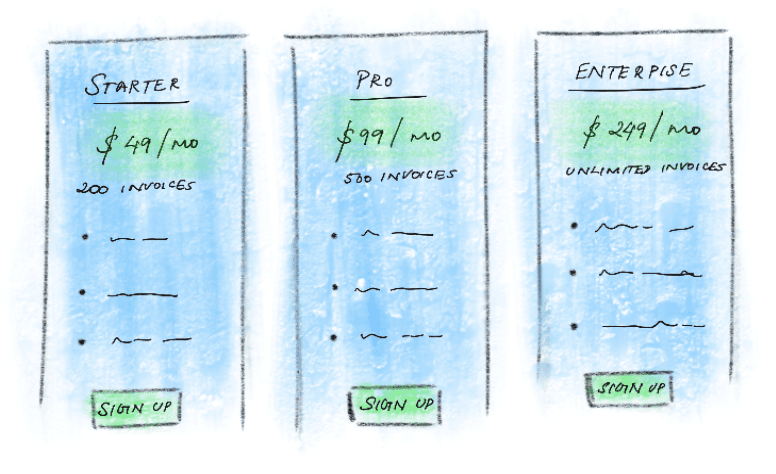
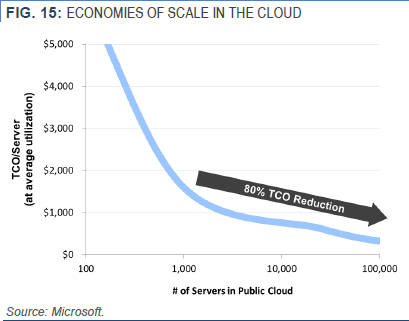

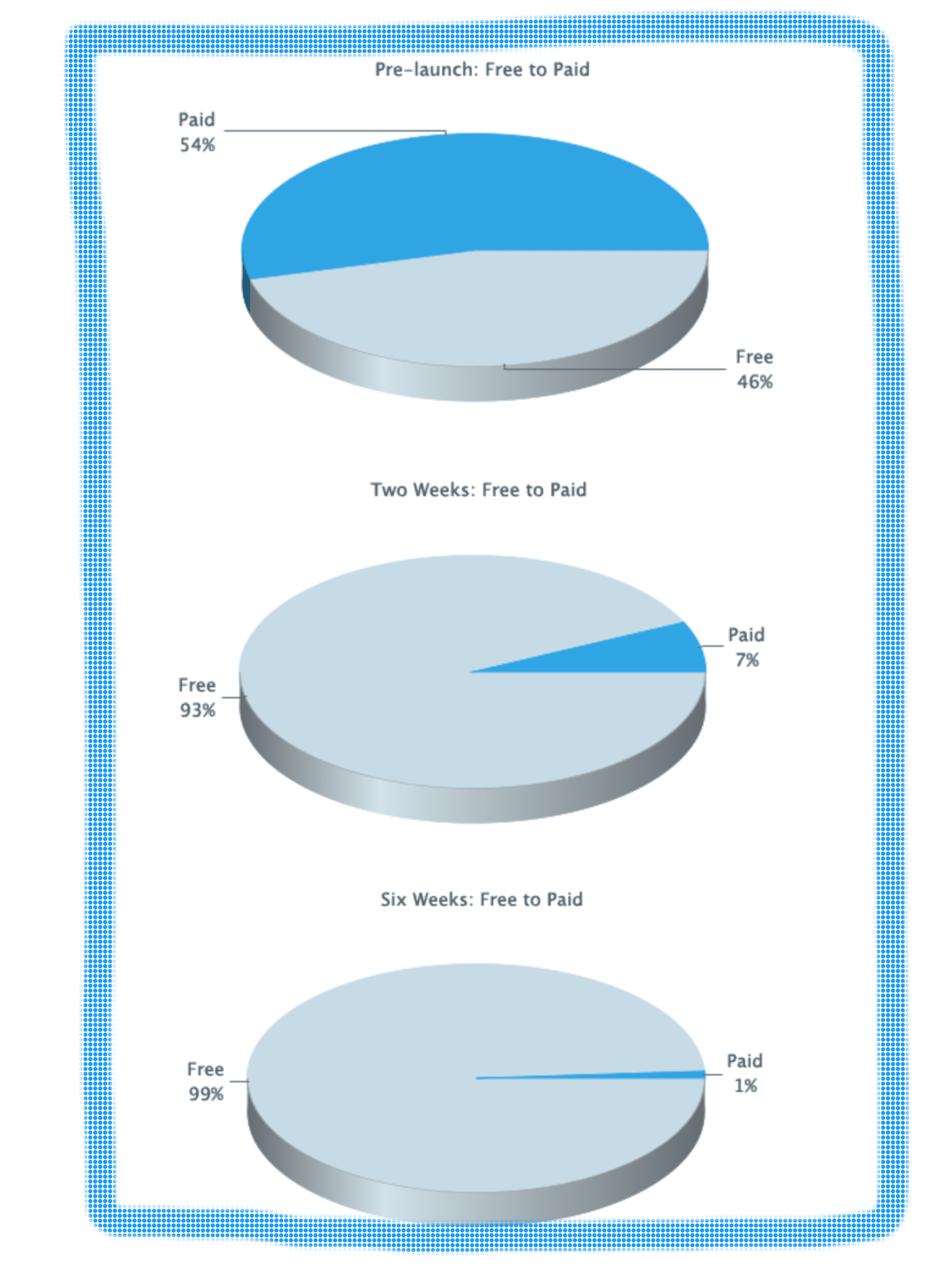


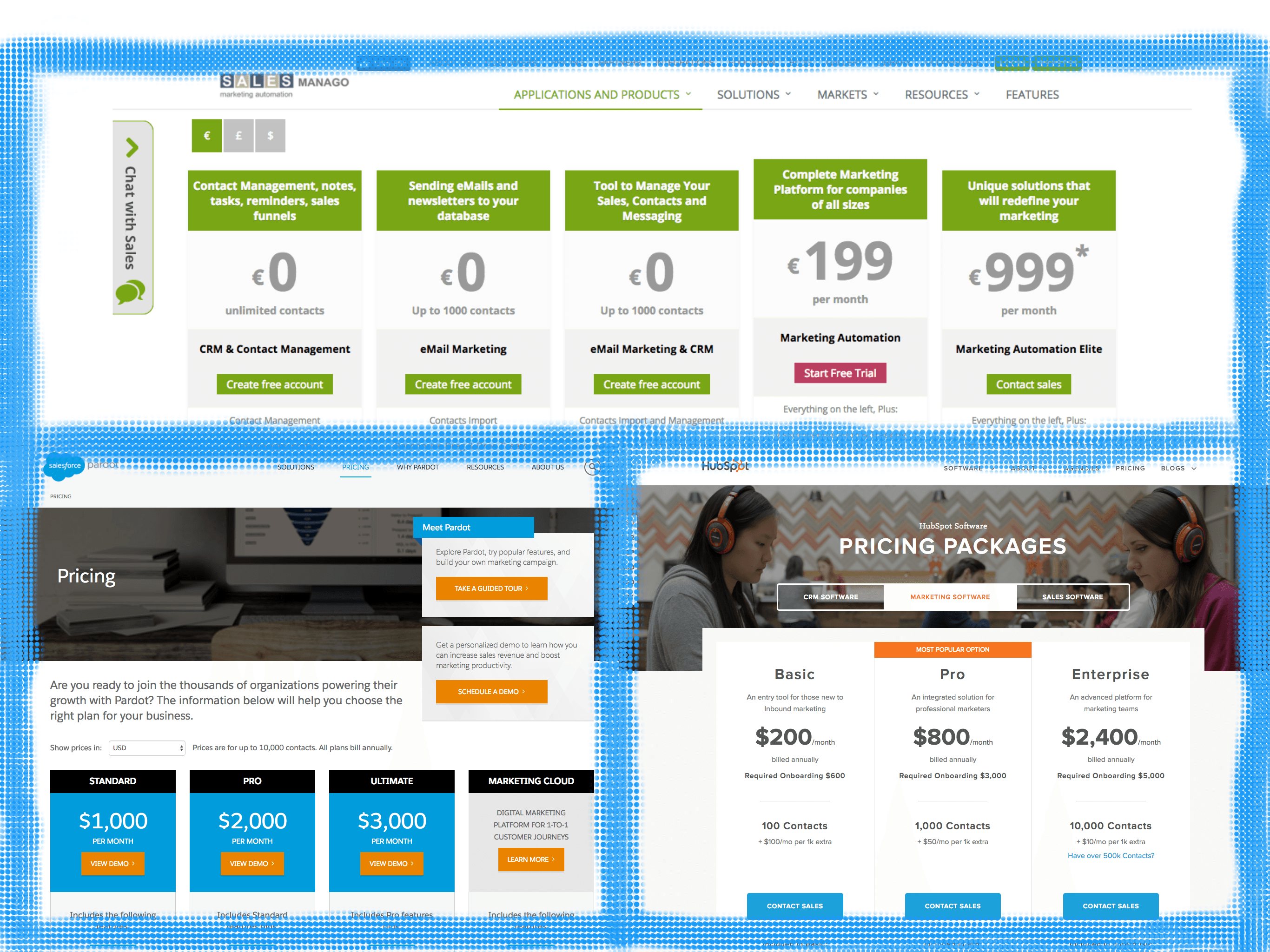


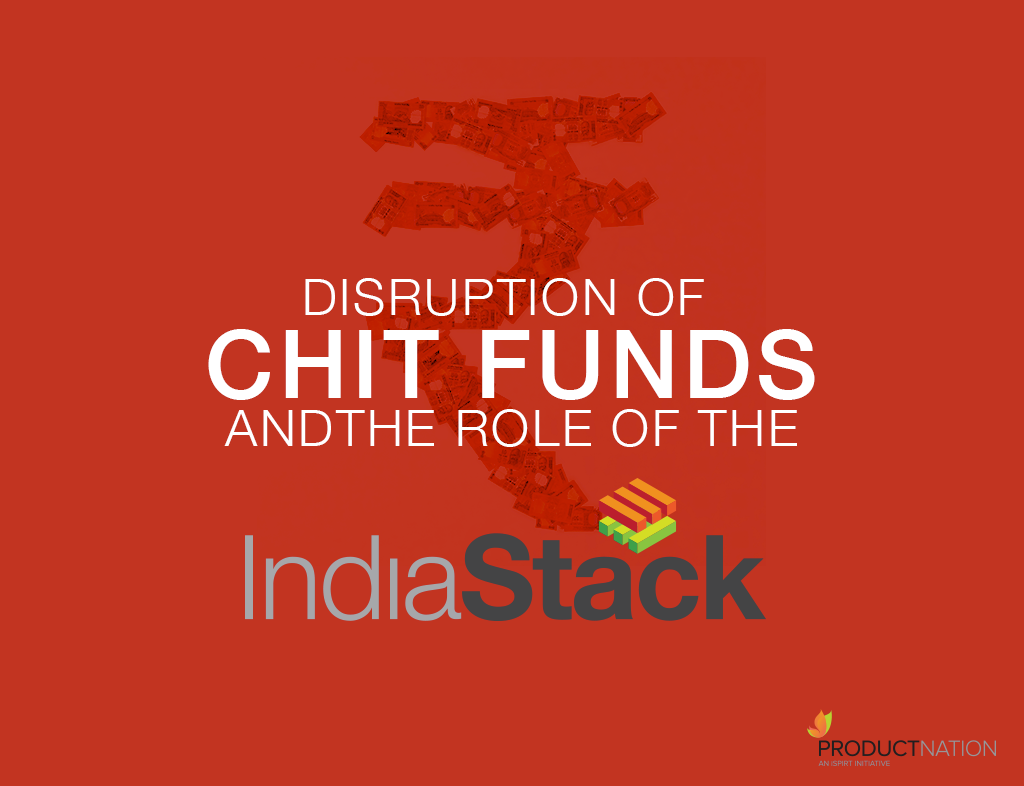



 It was truly inspiring and motivating to see so many people pay it forward, we were blessed to have that kind of support. Gave us more passion and energy to realize our vision to spread the awareness and application of design thinking.
It was truly inspiring and motivating to see so many people pay it forward, we were blessed to have that kind of support. Gave us more passion and energy to realize our vision to spread the awareness and application of design thinking.